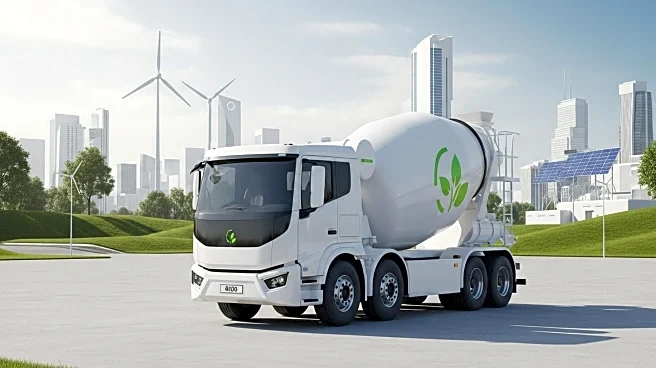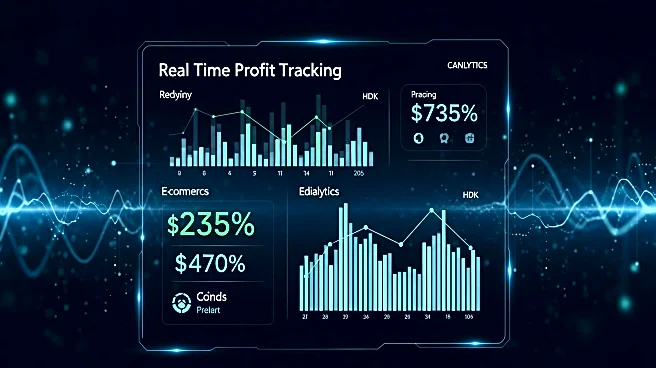What's Happening?
The Sustainable Concrete Buyers Alliance (SCoBA) has been launched by RMI and the Center for Green Market Activation (GMA) with founding members including Amazon, Prologis, and Meta. The alliance aims to accelerate the adoption of low-carbon cement and concrete for modern buildings and infrastructure. SCoBA is the first buyers group to collectively procure environmental attribute certificates for low-carbon concrete. The initiative seeks to transform demand into real-world offtake agreements, enabling producers to invest in new infrastructure and pioneering technologies. The cement and concrete sector, responsible for approximately 8% of global carbon emissions, is expected to grow significantly by 2050, yet low-carbon options are not widely available. SCoBA will employ an innovative book and claim system to allow companies to purchase environmental attributes from sustainable concrete and upstream products like cement and clinker, reducing supply chain emissions and financing decarbonization projects.
Why It's Important?
The launch of SCoBA is significant as it addresses the substantial carbon footprint of the cement and concrete industry, which is a major contributor to global emissions. By promoting low-carbon materials, the alliance could lead to significant reductions in emissions from the construction sector, which is crucial for meeting global climate targets. Companies involved in the alliance, such as Amazon, Prologis, and Meta, stand to benefit from reduced supply chain emissions and enhanced sustainability credentials. This initiative could also drive innovation and investment in sustainable building materials, potentially influencing industry standards and practices. The success of SCoBA could serve as a model for other sectors looking to reduce their environmental impact.
What's Next?
The next steps for SCoBA involve turning the demand for low-carbon concrete into actionable agreements that encourage producers to scale up their sustainable offerings. As the alliance gains momentum, it may attract more companies and stakeholders, further amplifying its impact. The development of new infrastructure and technologies will be crucial in making low-carbon concrete a viable option at scale. Additionally, the alliance's progress will likely be monitored by environmental groups and industry stakeholders, who may push for similar initiatives in other high-emission sectors.










